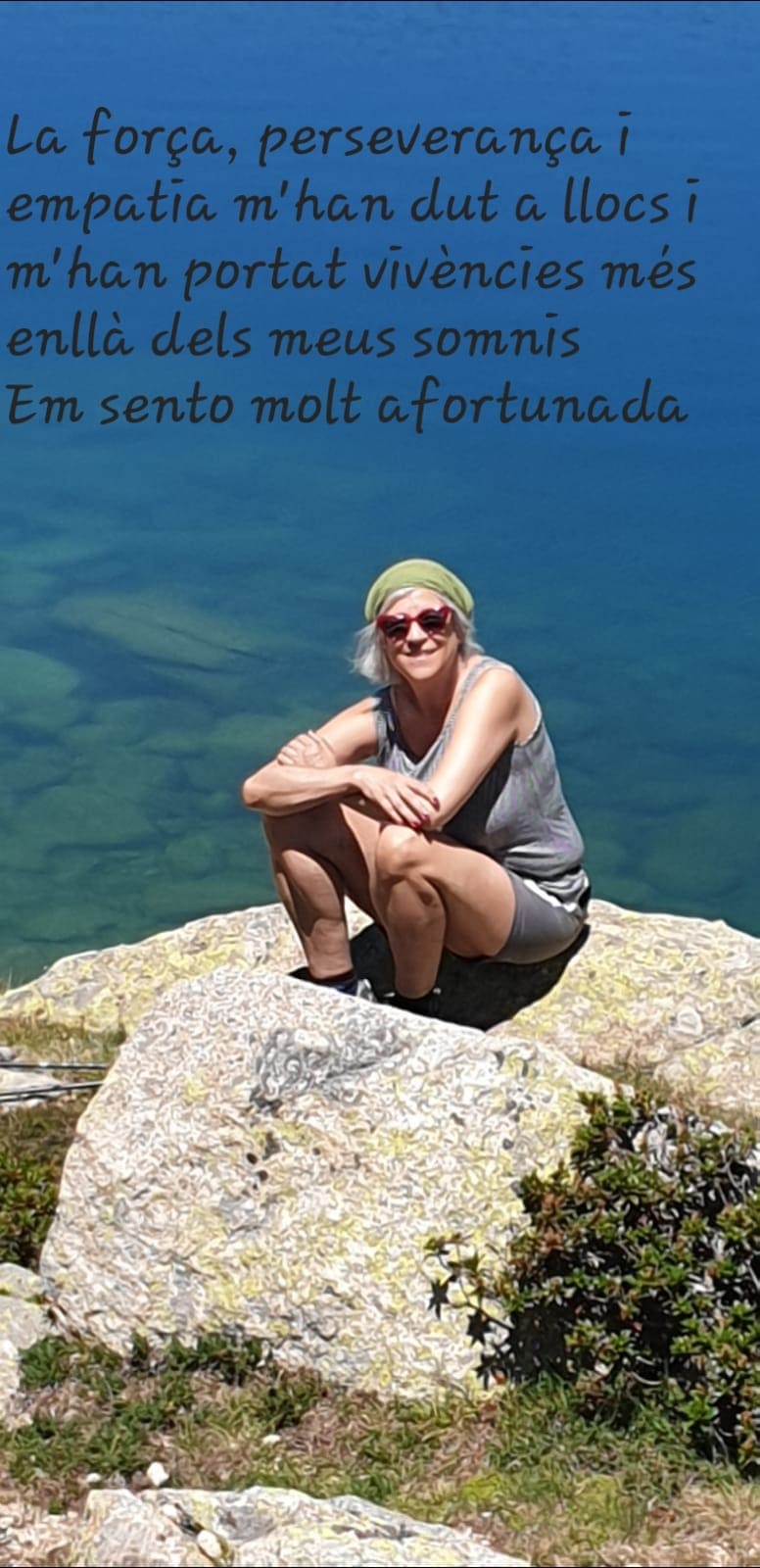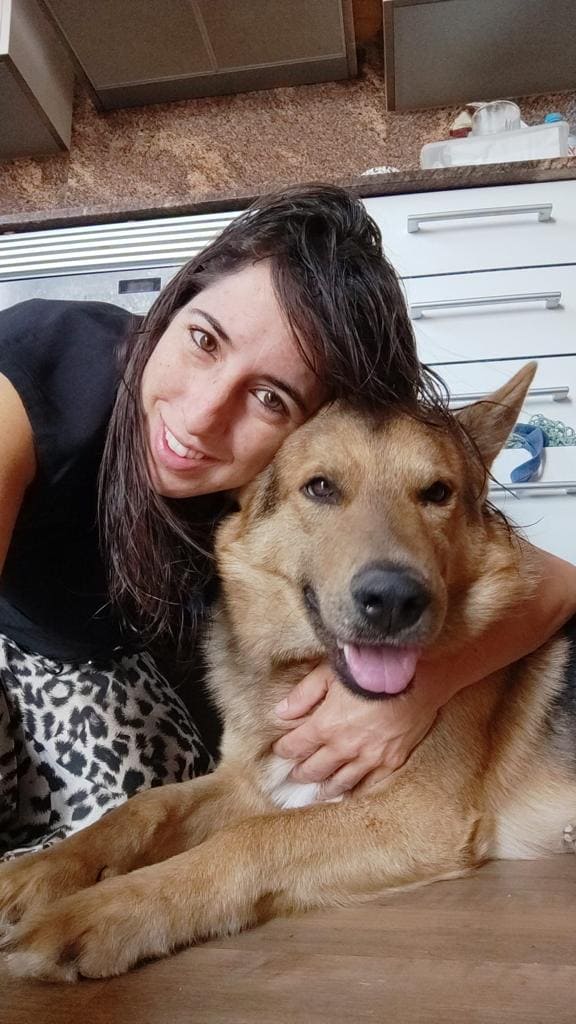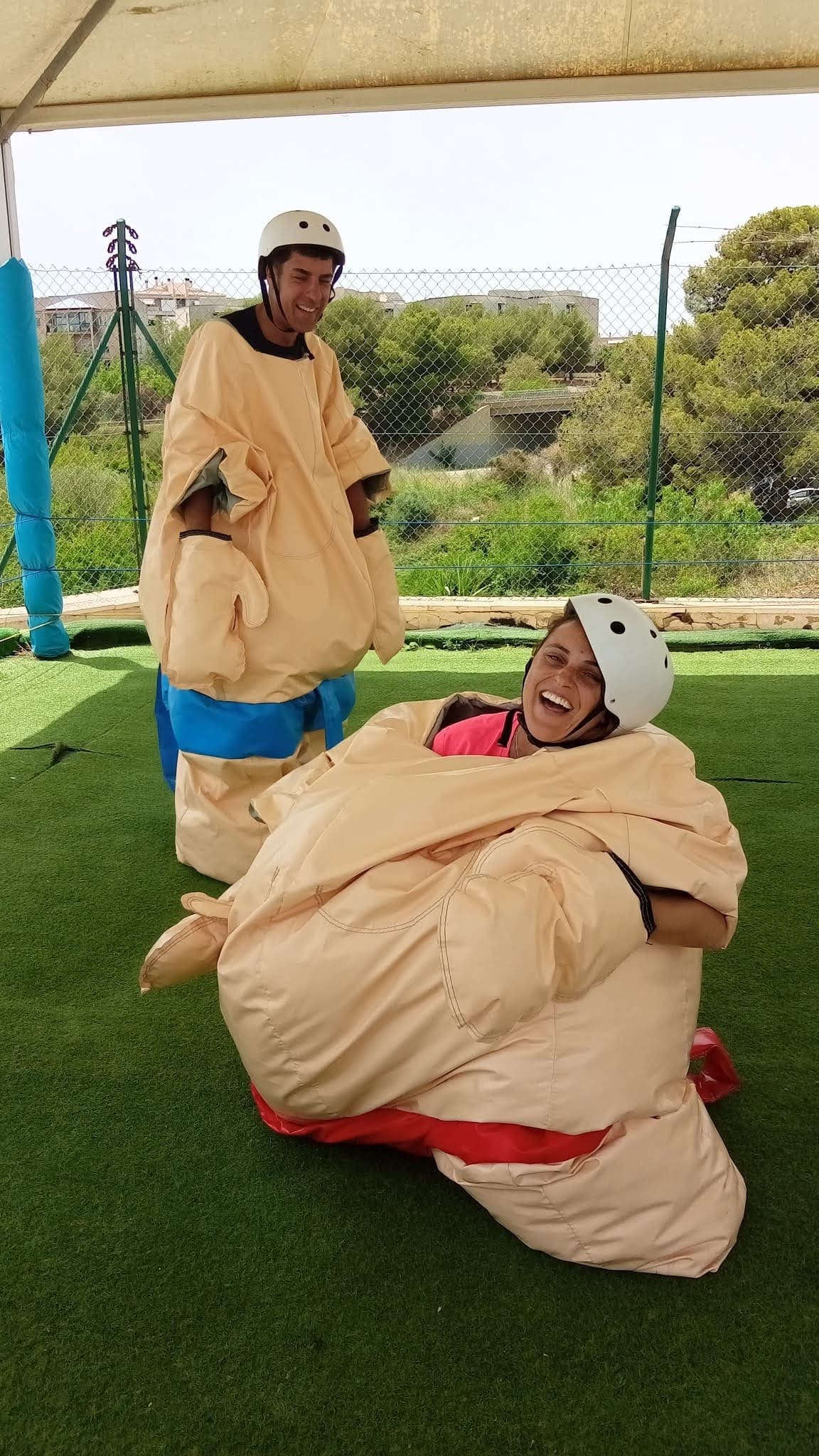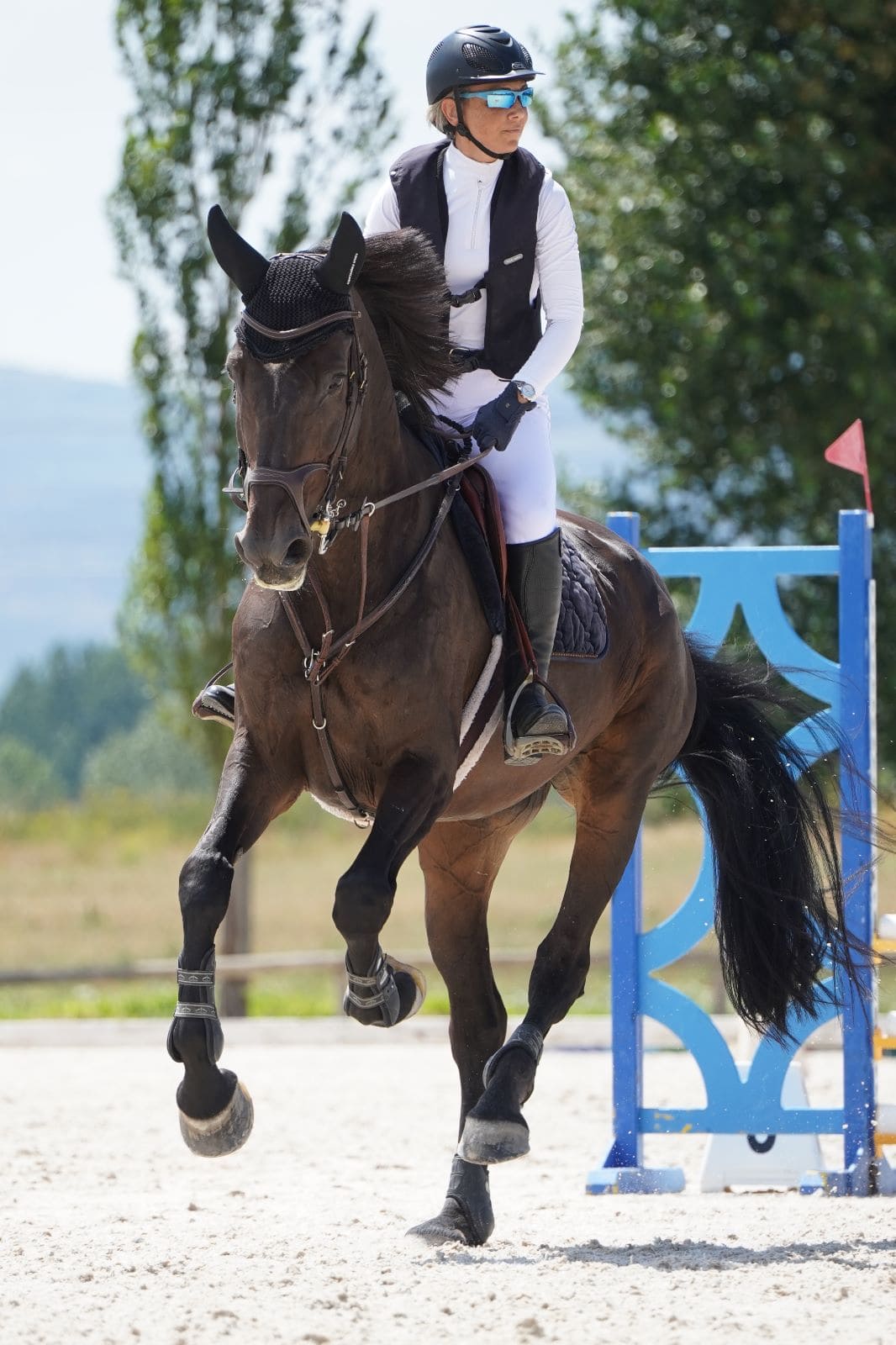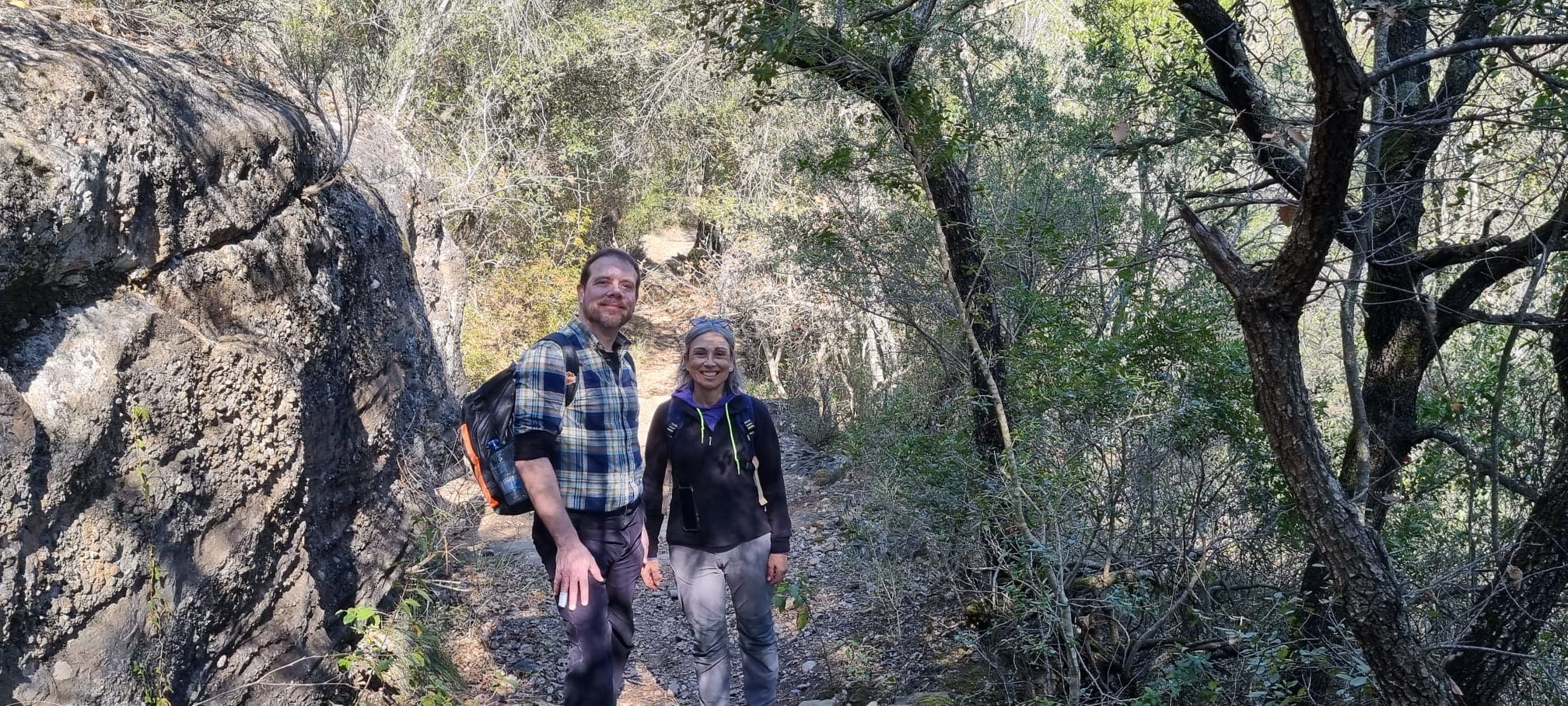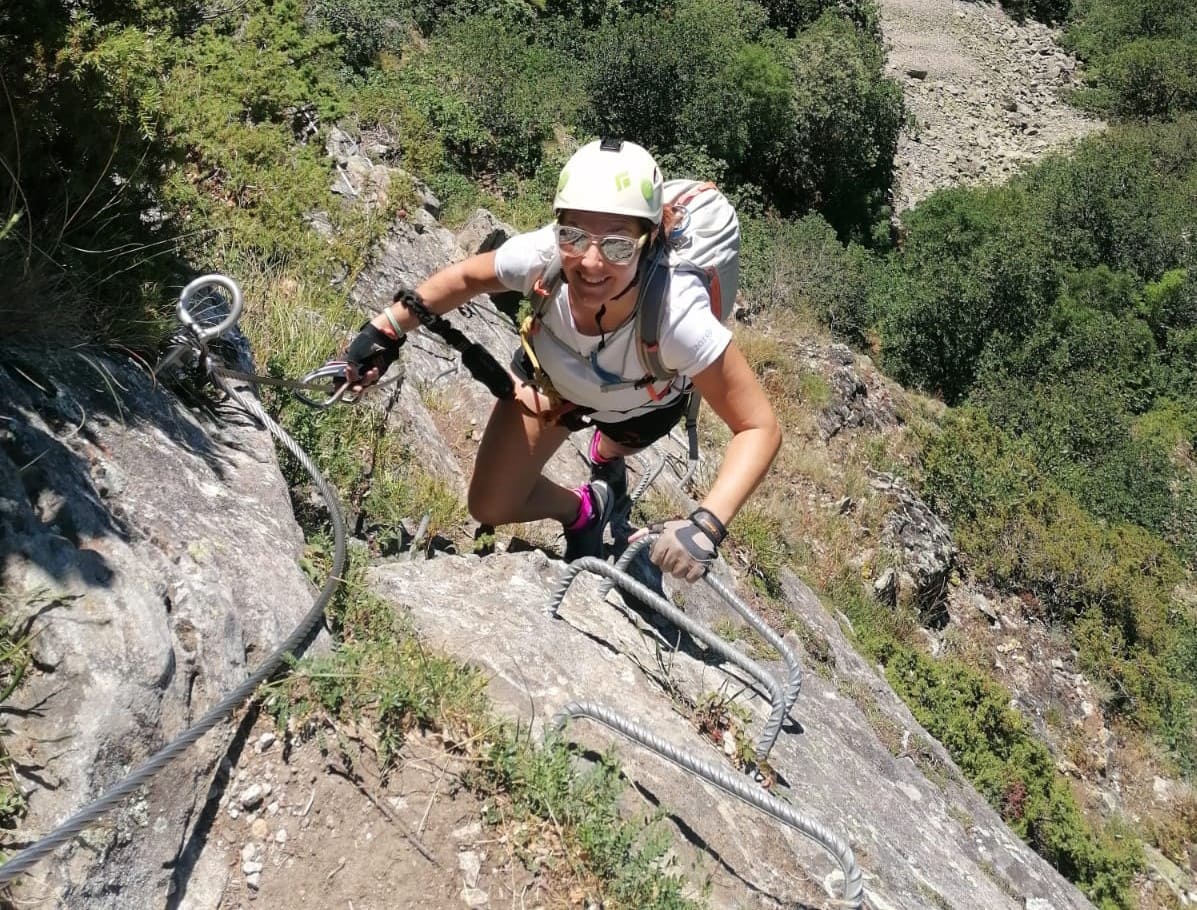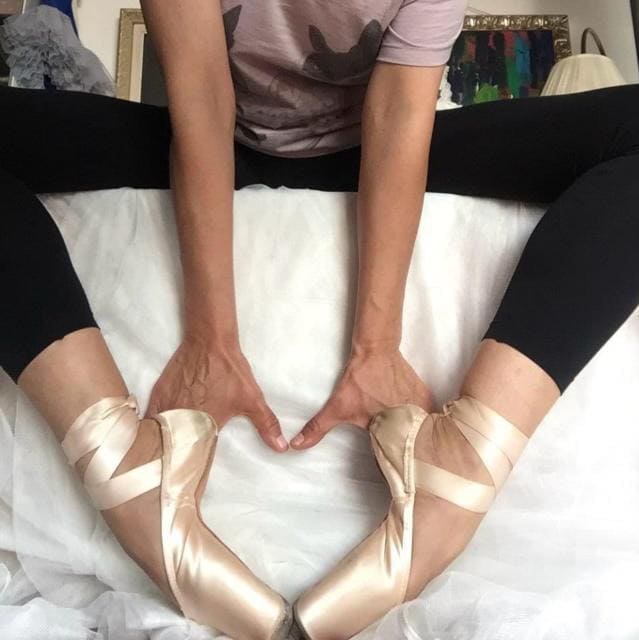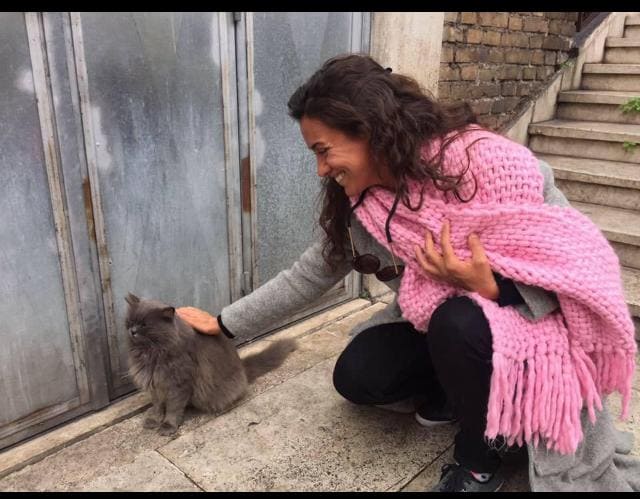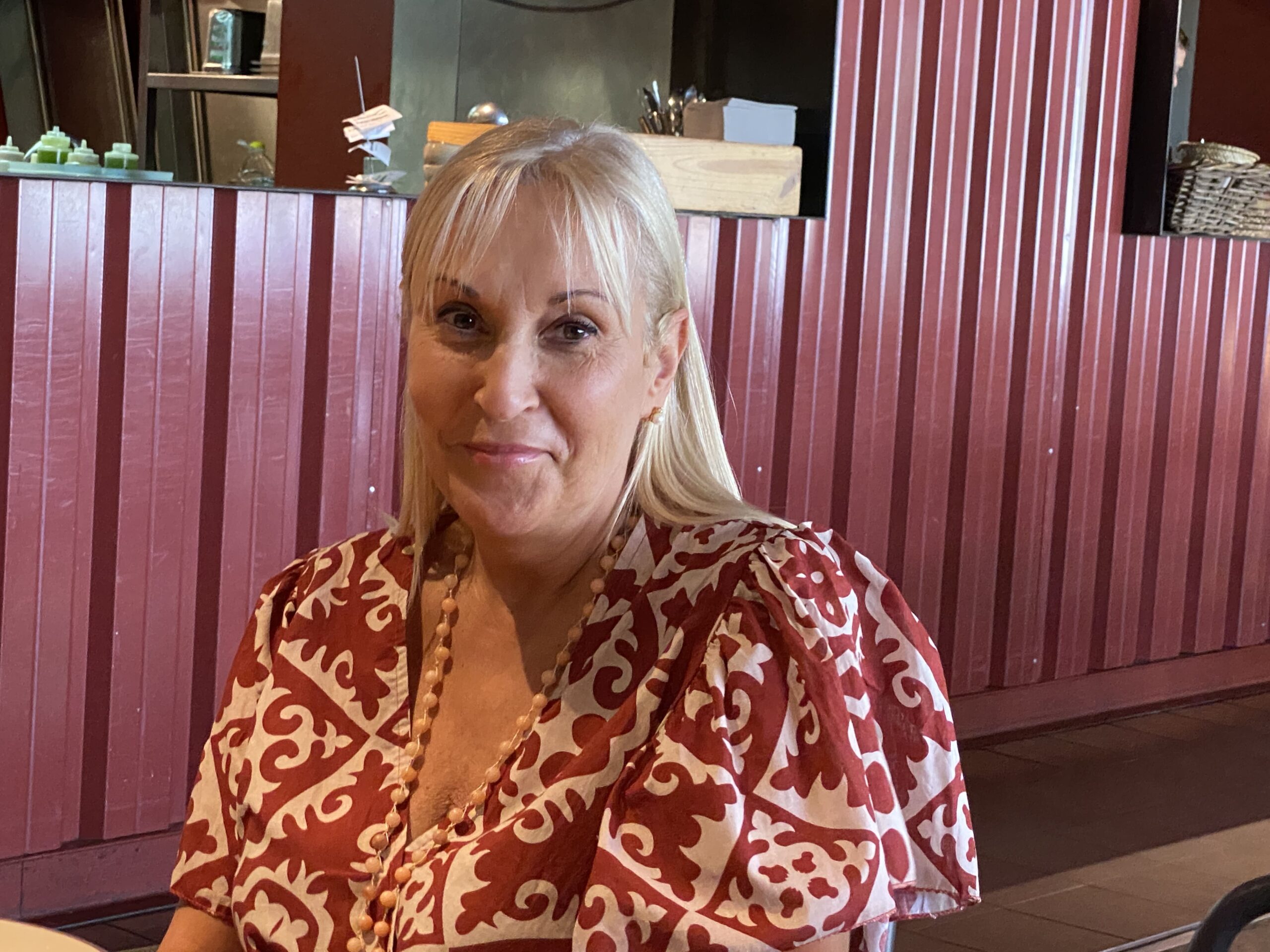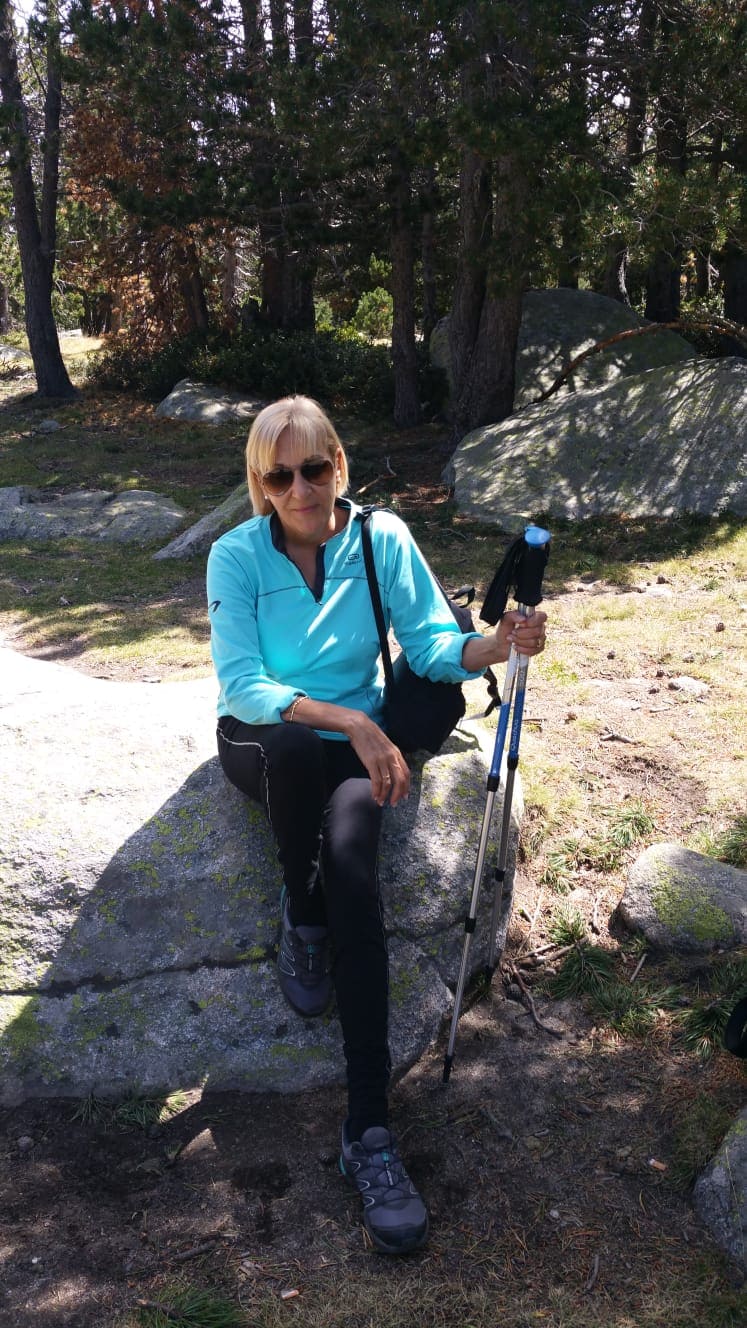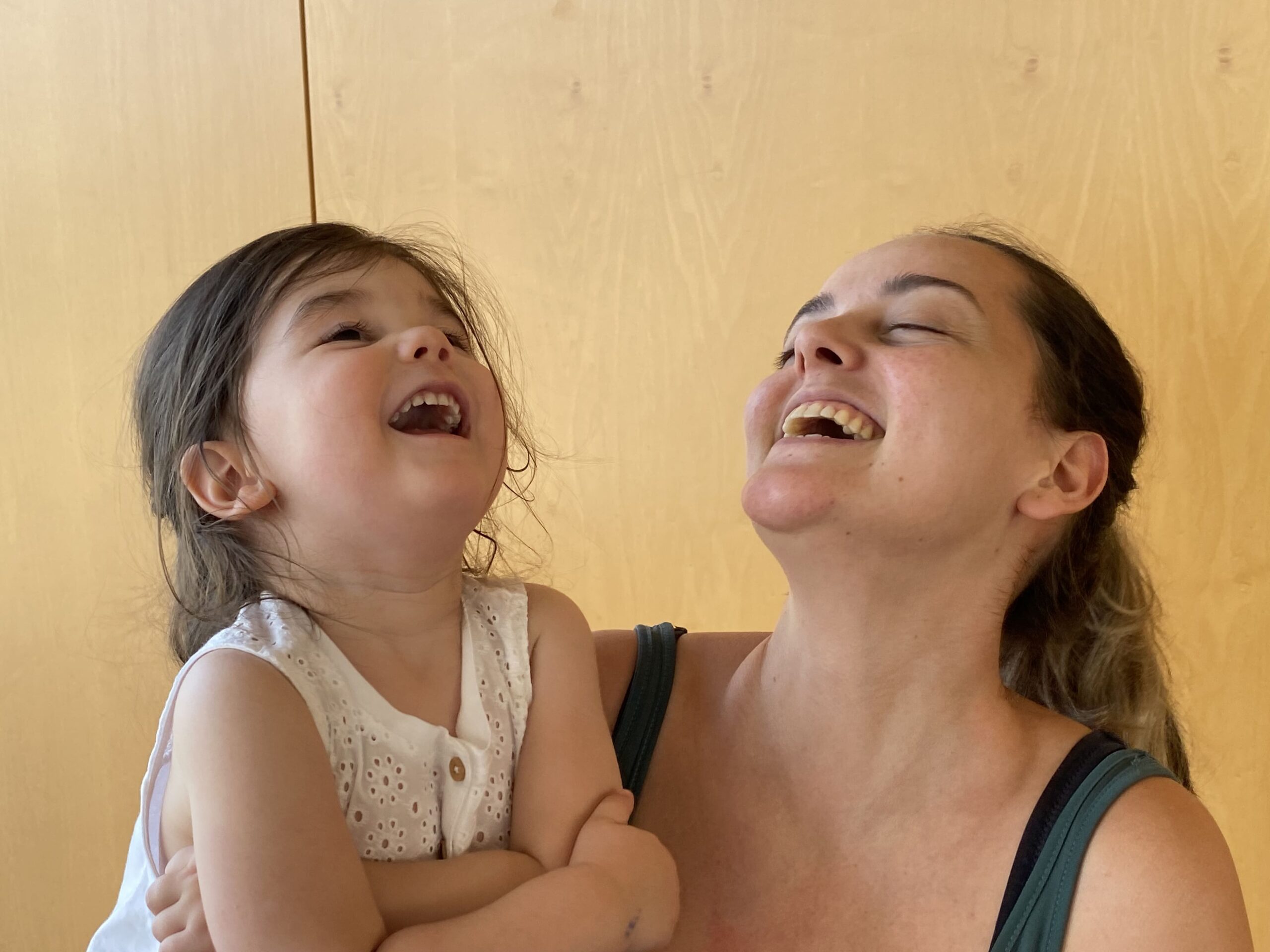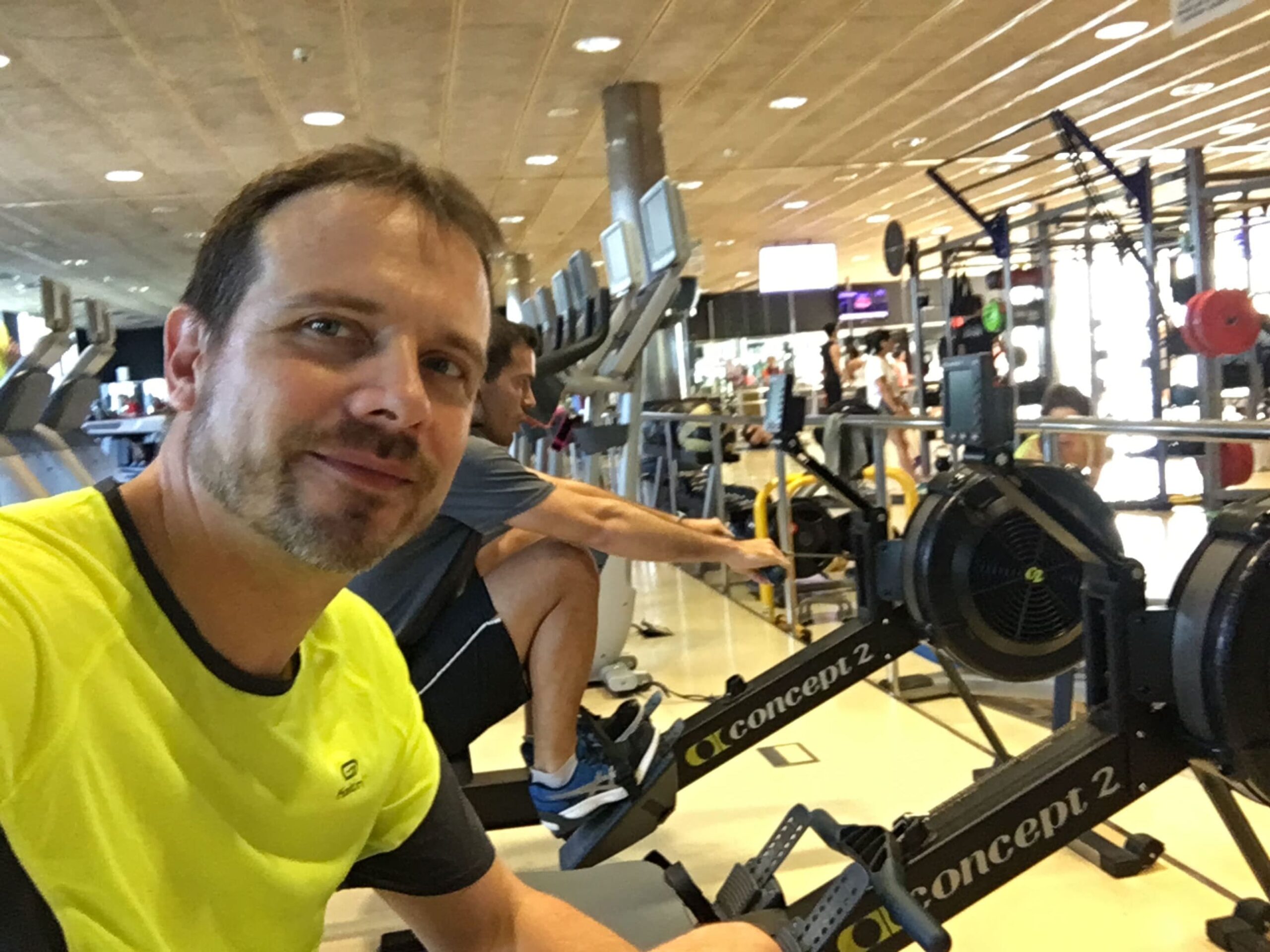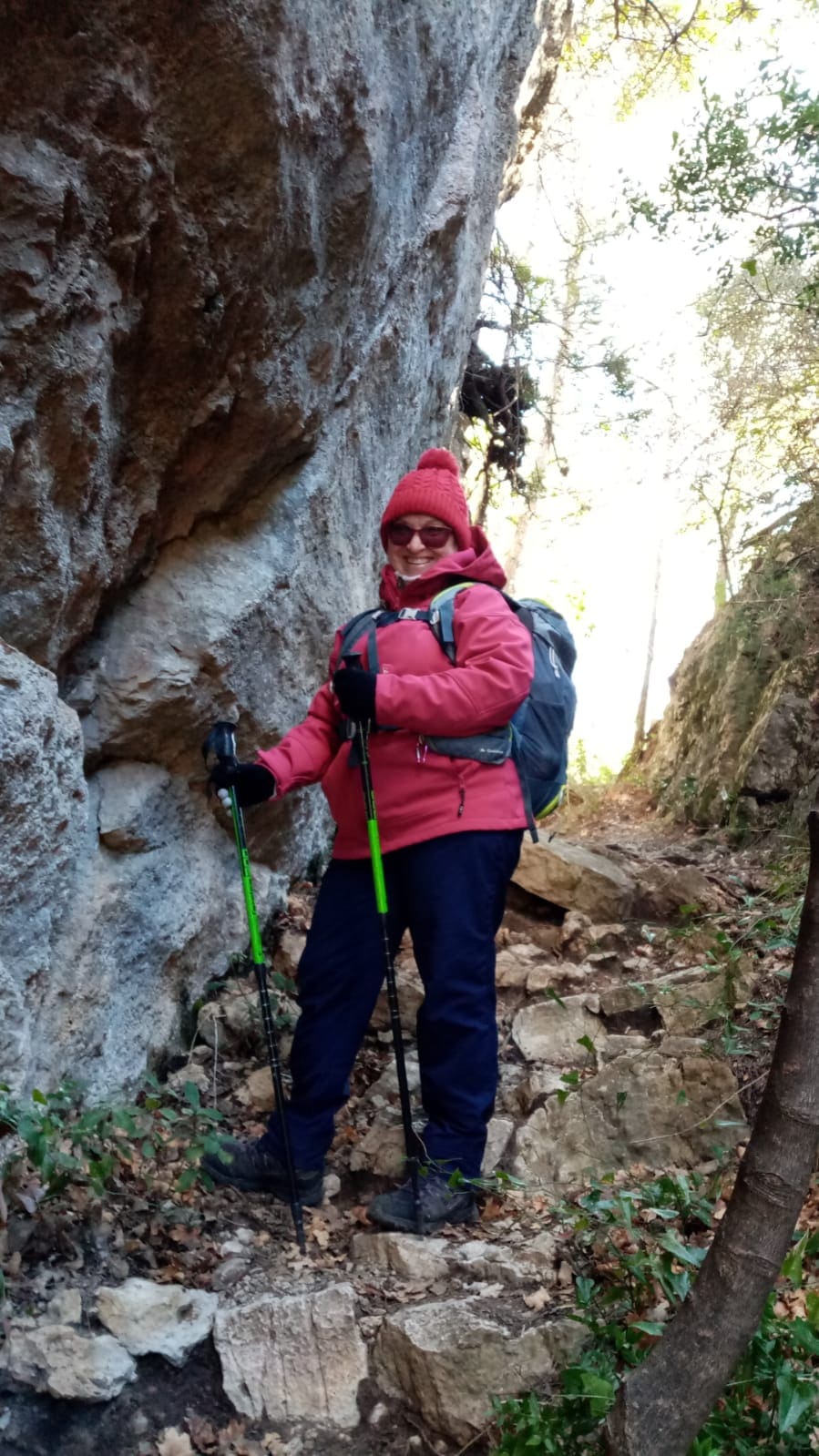Caries prevention, diagnosis and treatment
Do you have tooth decay or a tendency to have it?
We can fix it
Dental caries is an injury that appears on the teeth as a consequence of the acids released by the bacteria present in the mouth. These bacteria feed on sugars, and release acids that dissolve the dental structures, generating major destruction to the teeth. Since teeth do not have the ability to regenerate as other body tissues do, there is no turning back from every small advance of these injuries.
That is why it is so important that we follow a good prevention and control plan for our teeth.
In the first place it is convenient that we follow good oral hygiene habits. You have to brush your teeth 3 times a day and rinse with disinfecting and remineralizing mouthwashes. This greatly reduces the amount of bacteria in our mouth and strengthens the tooth enamel, so if we do a good maintenance, it is very difficult for new caries lesions to appear.

It is also essential that we perform regular check-ups at the dental clinic. In these visits, we will review how maintenance is being performed, we will clean the teeth, remineralize them, and make sure that no new cavities have appeared.
Diagnodent® fluorescence laser caries diagnostic systems and digital radiovisiography systems allow us to detect incipient and hidden lesions. Thus, we can treat them very comfortably and more economically than if we wait for the injuries to be large. The arrangement of an initial caries can be carried out in a few minutes, without the need for anesthesia, without any discomfort and, above all, leaving a lot of healthy teeth. So these arrangements are much more durable, safe, and economical than if we wait for tooth decay to grow and we are forced to carry out a major rebuild.


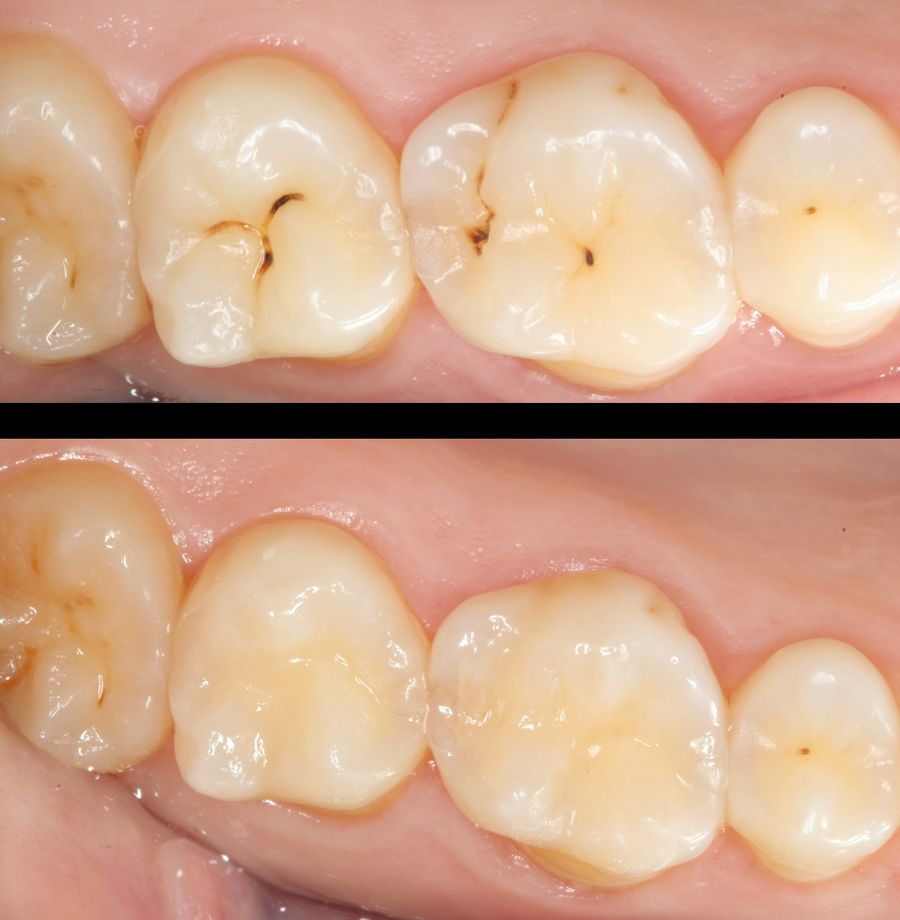
Small caries lesions can also be removed with microabrasion, making treatment even more comfortable.
Some of the most important advances that have been reported in dentistry in recent years have occurred in the specific area of dental fillings and adherence to prevent dental caries. This has allowed us to make treatments of conservative dentistry more aesthetic, more durable and much less invasive.

We have improved in the treatment:
The diagnostic procedures (digital microscope, transillumination, diagnodent, etc.)
Anesthesia techniques (now almost imperceptible, electronic anesthesia, topical anesthesia, etc.)
The systems of isolation of the teeth with the new dykes of nitrile rubber (more elastic, and also suitable for allergic to the latex).
Elimination and preparation systems (see for example the sections of laser, microabrasion, ozone therapy, CamSight and Carisolv®).
The latest generation adhesion systems. This step has been and is so important that it justifies that we have published an entire book dealing with adhesion.
We also choose a combination of the most advanced restorative materials available to achieve even better results, such as interphase elastic composites, quartz hybrid composites in the intermediate layers or fluorescent and highly polishable nanoparticle composites for the outer zone.
Replacement of a defective dental filling with a new long-lasting layered one. The reconstruction is almost imperceptible.

Before

After
There are many ways to reconstruct an affected tooth with different techniques, combination of materials and procedures. Our work philosophy is to have all the possibilities and knowledge necessary to offer the best procedure applied in each case. That is why our dental fillings and dental reconstructions are more aesthetic, durable and with less risk of producing dental sensitivity than most fillings made with conventional techniques and especially those carried out in low cost, mutual and franchise centers.



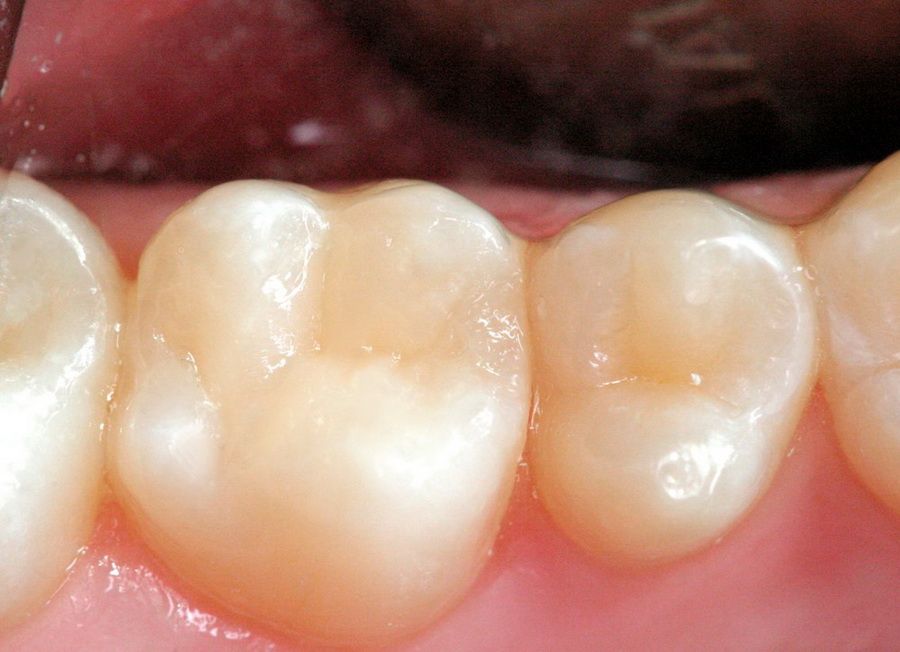
Replacement of a filtered filling, (made in a well-known franchise a year earlier) for a multi-layer reconstruction of long duration in Clínica Dental Padrós.

Filling made in 1997
in Dental Clinic Padrós (case of Dr. José Luis Padrós)

18 years later…
The same pasture photographed 18 years later. The excellent long-term result is due to the careful application of suitable techniques and materials.
Common dental caries and dental filling questions:
What is caries?
It occurs when the enamel and dentin of a tooth are attacked by acid after having eaten anything that contains sugar. Over time, the acid makes a cavity (hollow) in the tooth.
What causes it?
It is caused by the acids in your mouth that gradually dissolve the enamel and dentin of the tooth. Cavities cause damage to your teeth.
What is tooth enamel?
The enamel is the outer layer, it protects the tooth, and is the hardest part of the tooth. It contains no nerve or blood vessel and is not sensitive to pain.
What is dentin?
The dentin is under the enamel and can be very sensitive to pain. The dentine covers the central ‘pulp’ of the tooth.
What is pulp?
The pulp is a soft tissue that contains blood vessels and nerves and is in the middle of the tooth.
What is dental plaque?
The plaque is a thin, sticky film that forms on the teeth. It contains many types of bacteria.
Why does it occur or appear?
Tooth decay occurs when sugars from food and beverages react with plaque bacteria, forming acids. Each time you eat or drink something that contains sugars, these acids attack the teeth and begin to soften and dissolve the enamel.
The attacks can last up to an hour after eating or drinking, before the natural salts in your saliva cause the enamel to remineralise and harden again. Not only are sugars harmful: other types of foods and drinks rich in carbohydrates react with the plate and form acid. (These are fermentable carbohydrates: for example, hidden sugars, natural sugars such as fruit and cooked starches.) Always check the ingredients. In general, anything with “ose” in the name is a sugar, for example sucrose, maltose and so on.
Taking snacks and sugary or acidic beverages between meals can increase the risk because your teeth are subject to constant attacks and do not have time to recover.
It is often believed that this type of problem only appears in infants or children because of the bacteria caused by sugars from the candy or little care of their oral health. The truth is that they also appear in adults.
What are the symptoms of dental caries or cavities?
In the early stages there are no symptoms, but your dentist may be able to detect a cavity in its early stages or during an X-ray examination of the teeth. For this reason, you should visit your dentist on a regular basis, the small cavities are much easier to treat than the advanced decomposition.
What if I have a cavity?
Once the cavity has reached the dentin, your tooth can become very sensitive, especially when eating sweet foods and drinks, and acidic or hot foods.
As tooth decay approaches the pulp you may suffer from toothache. If the toothache is caused by hot or sweet foods this can last only a few seconds. When cavities have already reached the pulp, the pain may last longer and you will most likely have to take painkillers (acetaminophen or ibuprofen) to control the pain. When this happens, you should visit your dentist right away as it means that the tooth is dying and a dental abscess can develop if left untreated.
What happens if I do not receive treatment on time?
The toothache is a sign that you have to visit your dentist immediately, as it is a warning that something is wrong. If you do nothing about it, which often makes things worse, you may lose a tooth that might otherwise have been saved.
What areas of teeth are most prone to cavities?
The chewing surface of the teeth and the surfaces between the teeth are most prone to cavities, since food debris and plaque may become jammed in these areas. However, any part of the tooth may be at risk.
What treatment will I need?
If the decay is not too severe, the doctor will remove it all and repair the tooth with a filling. Sometimes the nerve in the center of the tooth may be damaged. If so, you will have to perform a root canal process by removing the nerve and then repairing the tooth with a filling or a crown. If the tooth is so bad that it can not be repaired, the dentist may have to remove the tooth.
Do you always need a filling?
No. In the early stages of cavities, your dental team can apply a fluoride varnish to the area. This can help stop cavities while helping to remineralize the tooth. However, it is important to follow the dental cleaning routine suggested by your dentist, using a paste with fluoride to prevent cavities from appearing again and achieving proper oral hygiene.
Is there anything I can do to protect my teeth against cavities?
The sealant is a plastic coating that fills all the small cracks in the surface of the tooth, creating a flat surface that is easier to clean. Adults can also undergo this procedure, even if the teeth are free of cavities. Your dentist will inform you if this is right for you. Children can also apply a fluoride varnish on their teeth twice a year, which will help reduce the chances of getting cavities.
What can I do to prevent cavities?
The best way to prevent tooth decay is brushing teeth thoroughly late at night and at least one other time during the day with a fluoride dental filling.
Be sure to brush the inner, outer and chewing surfaces of your teeth. The use of interdental brushes, or dental floss, will also help remove plaque and food from between your teeth and where your gums are. These are the areas where it is common for the toothbrush not to reach. Remember that maintaining good oral health is very important to help prevent cavities and any other problems.
Is there anything else I can do?
Visit your dentist at least twice a year or as often as they recommend.
Eat less sugary and acidic foods and drinks.
Avoid eating snacks between meals, to limit the number of times your teeth are under acid attack.
Chewing sugarless gum a maximum of twenty minutes after a meal can help your mouth produce more saliva, this helps neutralize the acids that have formed.
How can the dentist help prevent tooth decay?
Your dentist will show you the areas in which it is necessary to take greater care in oral cleaning. It will also show you how to brush correctly and clean between your teeth with interdental brushes or dental floss to improve your oral or oral health.



